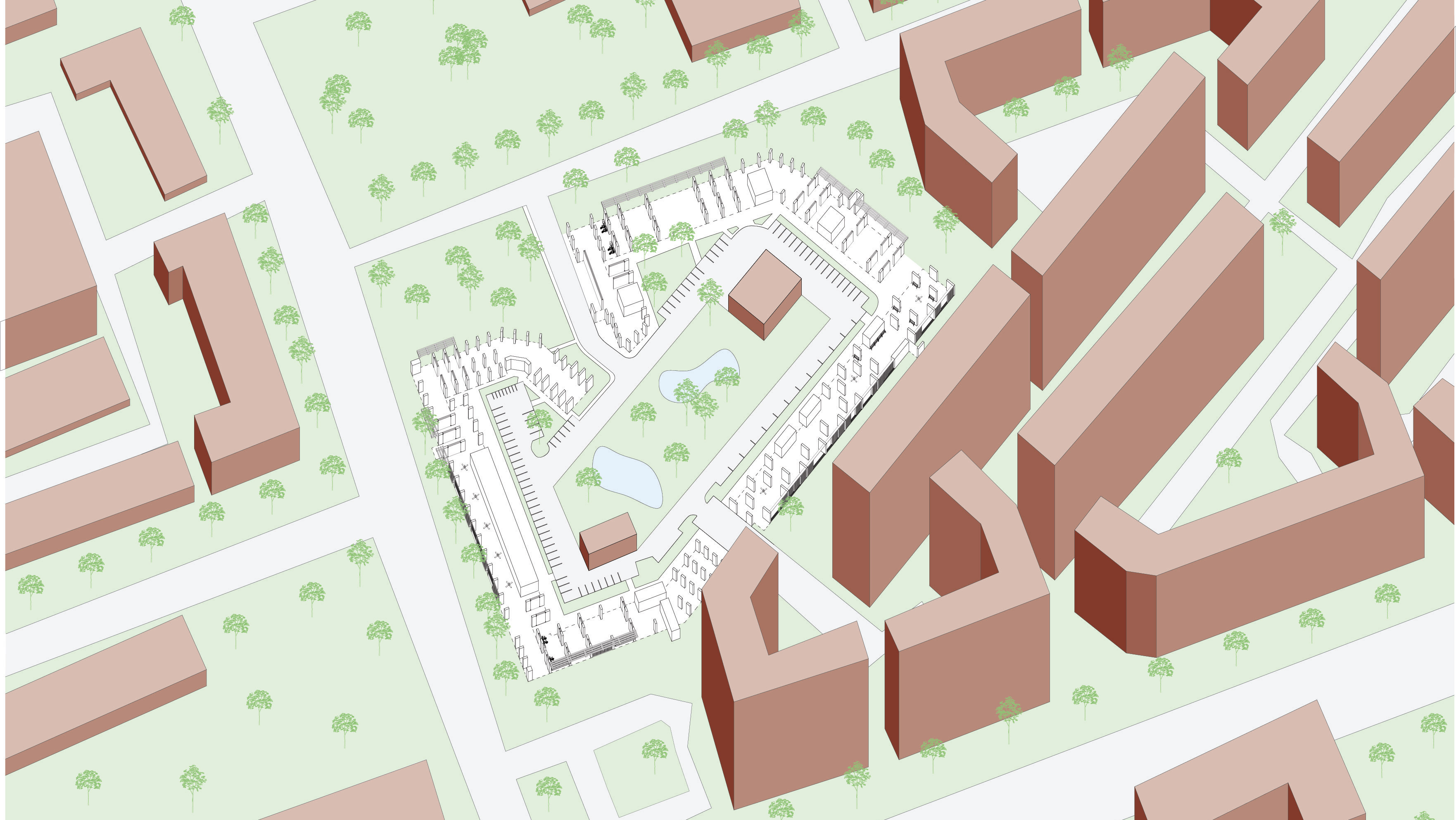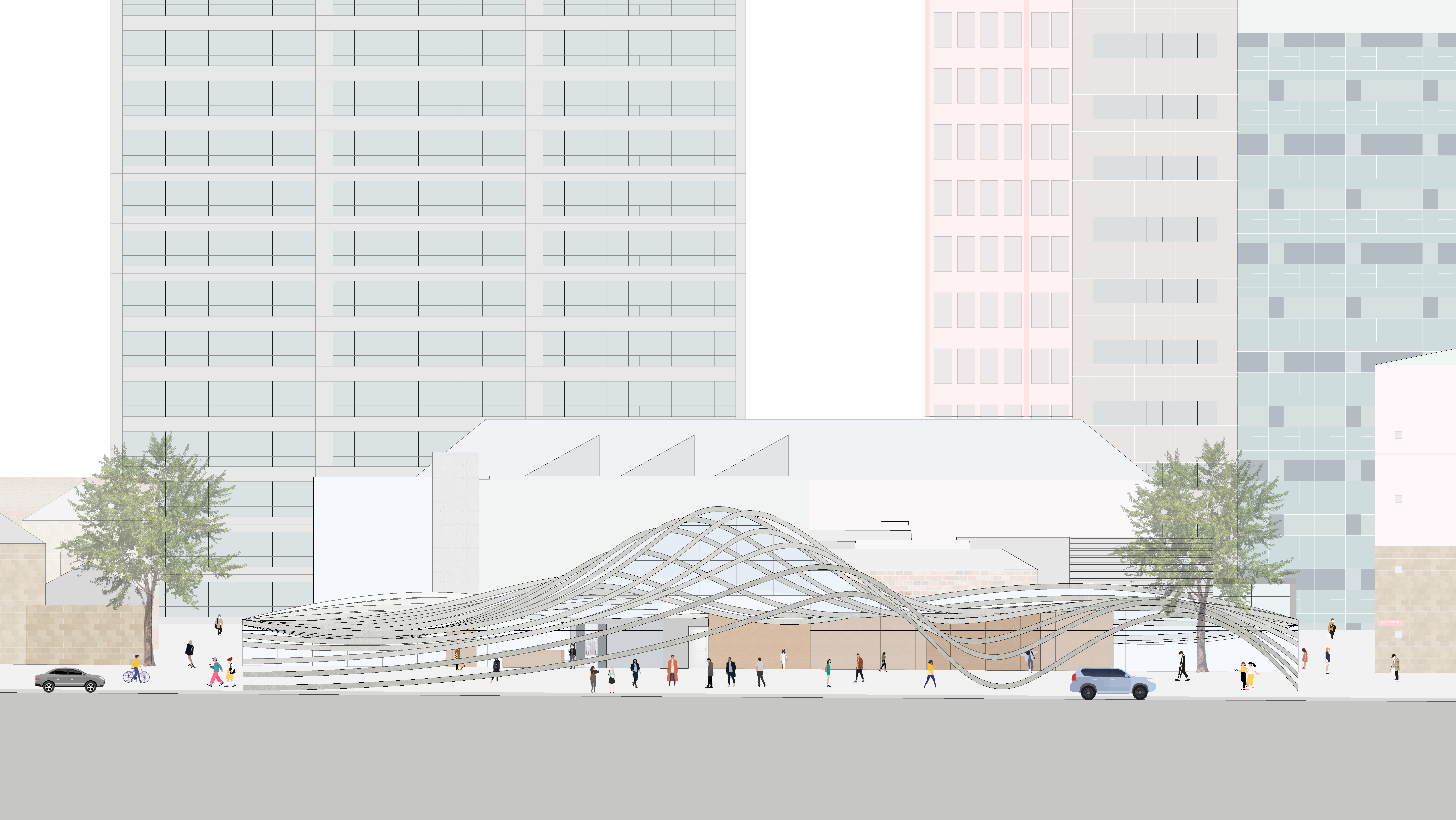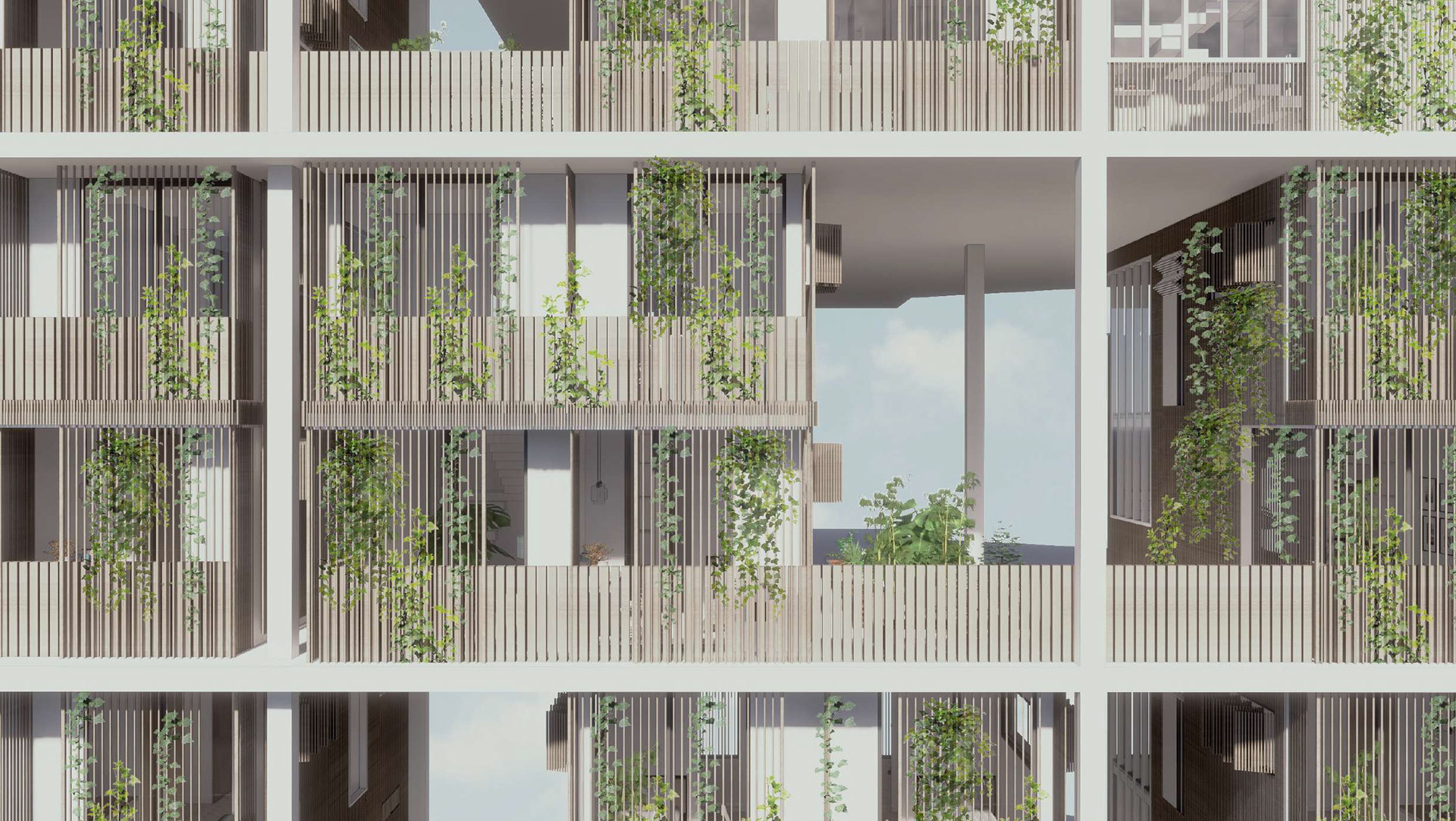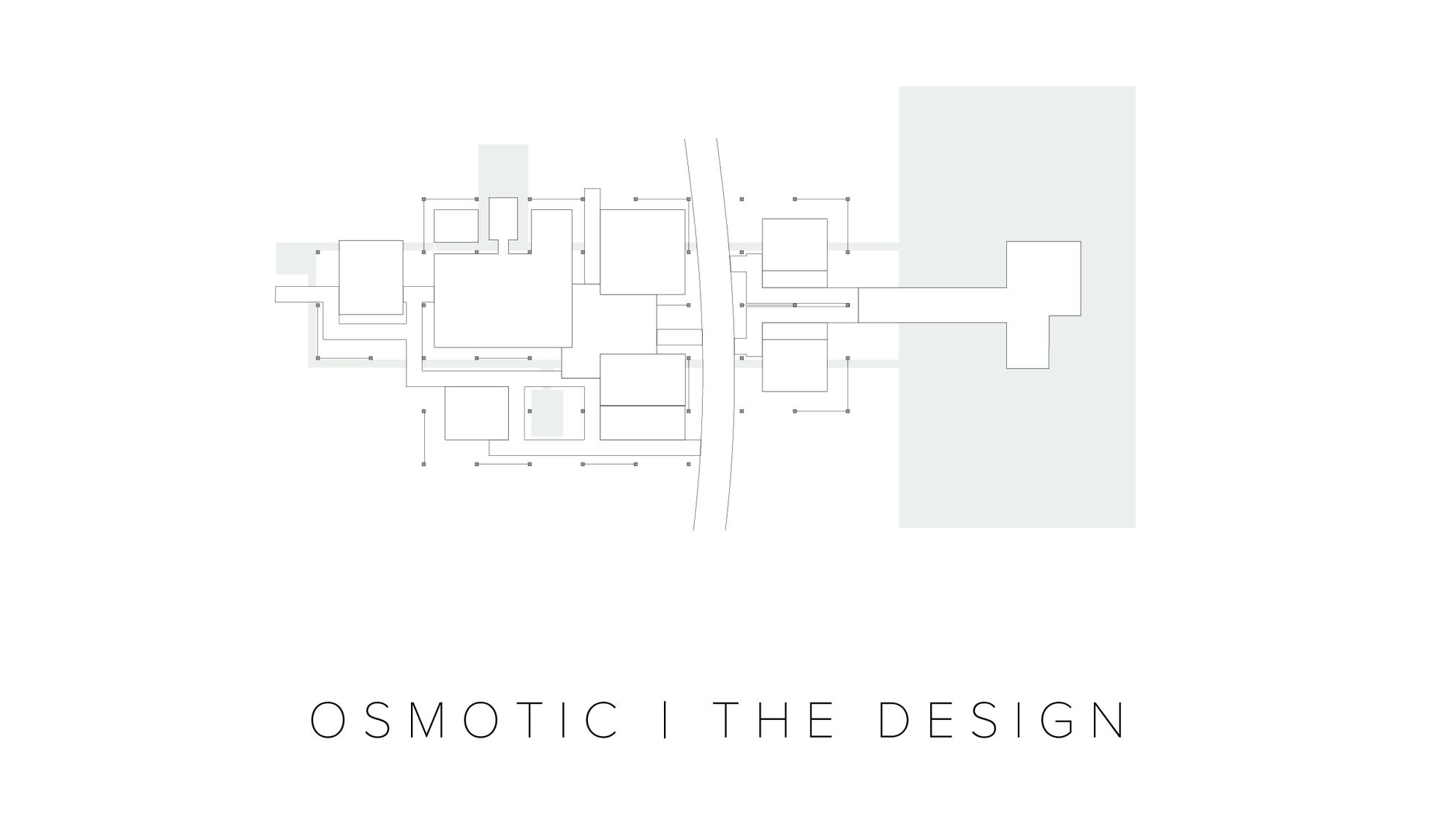Year: 2022
Scope: Conceptual Design
Climate change is the result of breakdowns in the carbon cycle caused by us: it is a design failure. As architects, we have a lot of responsibility and potential to tackle climate change; buildings are responsible for 37% of global GHG emissions. Thus, a shift in the design, delivery and performance of our buildings are required. Going beyond sustainability, regenerative design principles reverses the damage caused by humans on earth and focuses on the growth of society in association with natural systems and processes.
Design analysis
The aim of this report is to analyse the design and performance of the reference building, Abercrombie Student Housing, and to develop and present a regenerative design pathway that can be applied to the building towards reversing environmental damage.
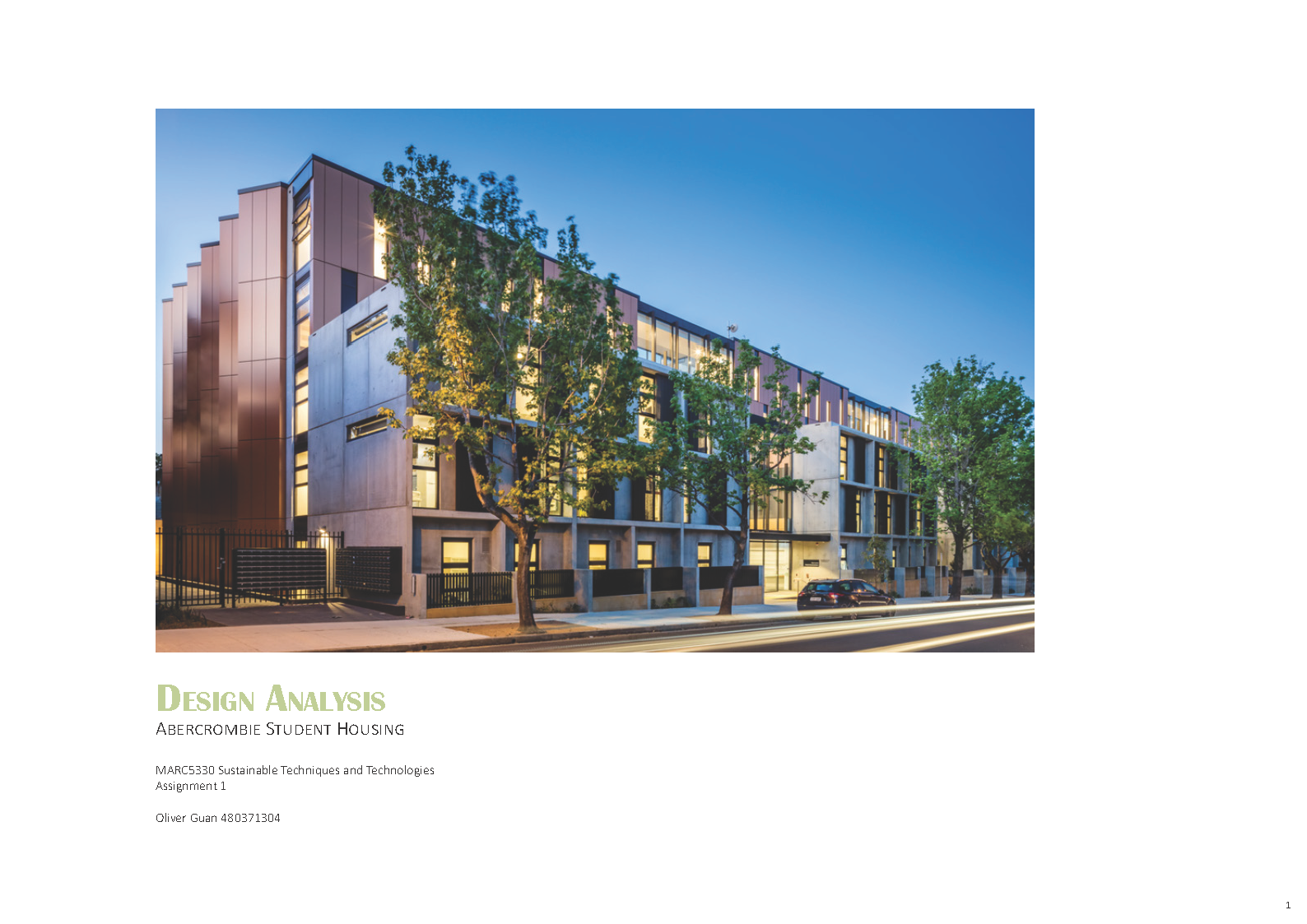
1. Cover Page
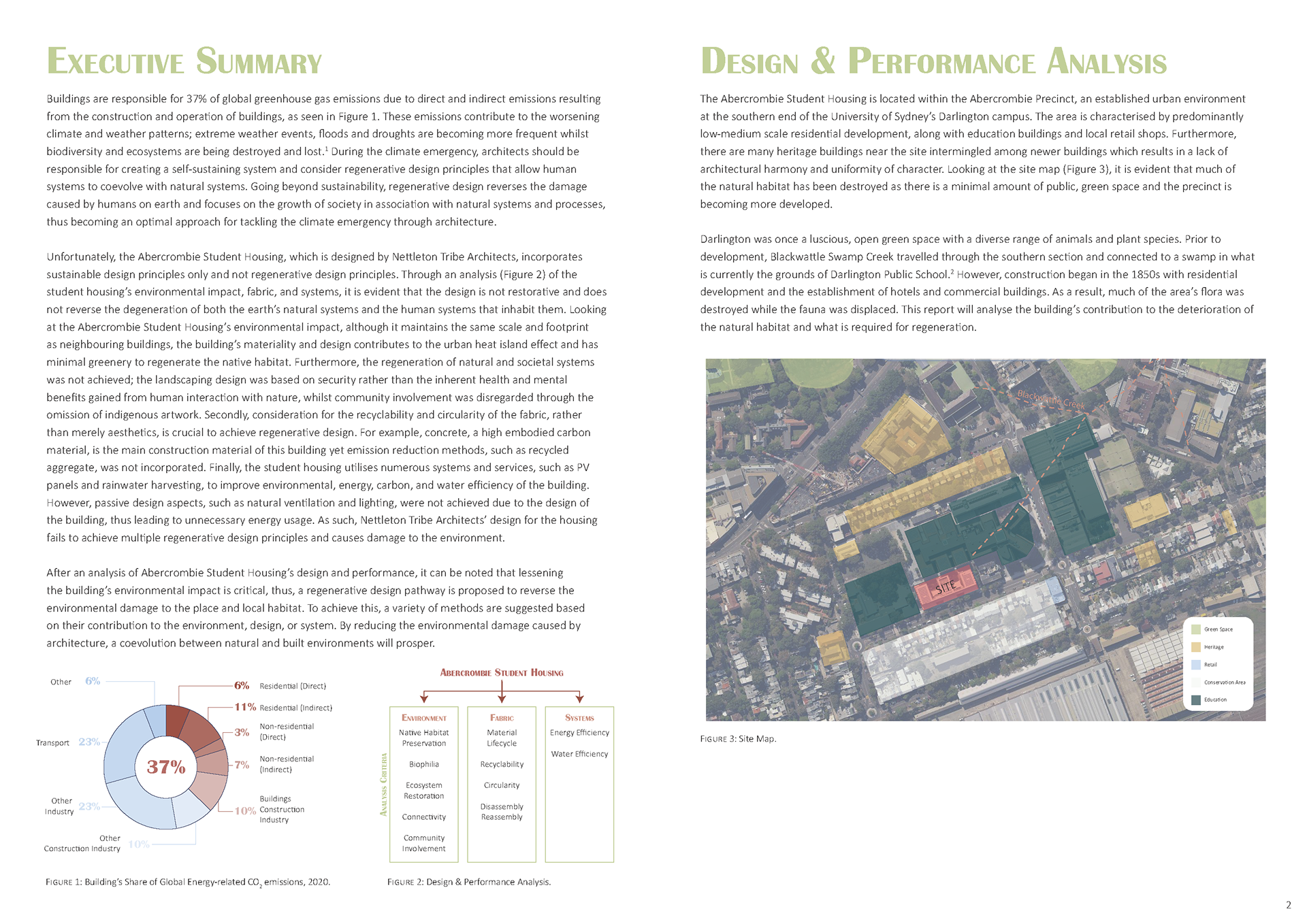
2. Summary

3. Environment
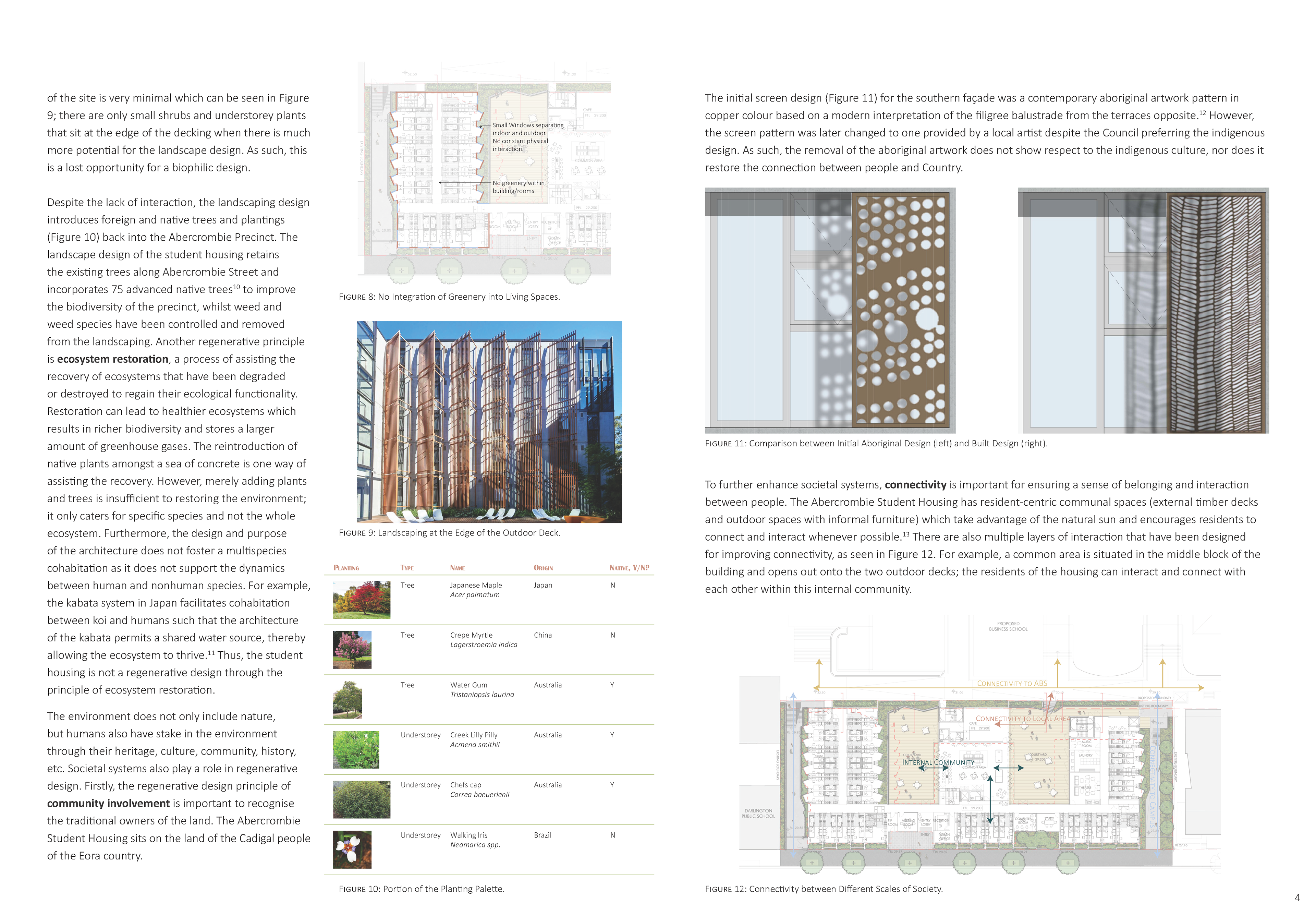
4. Society
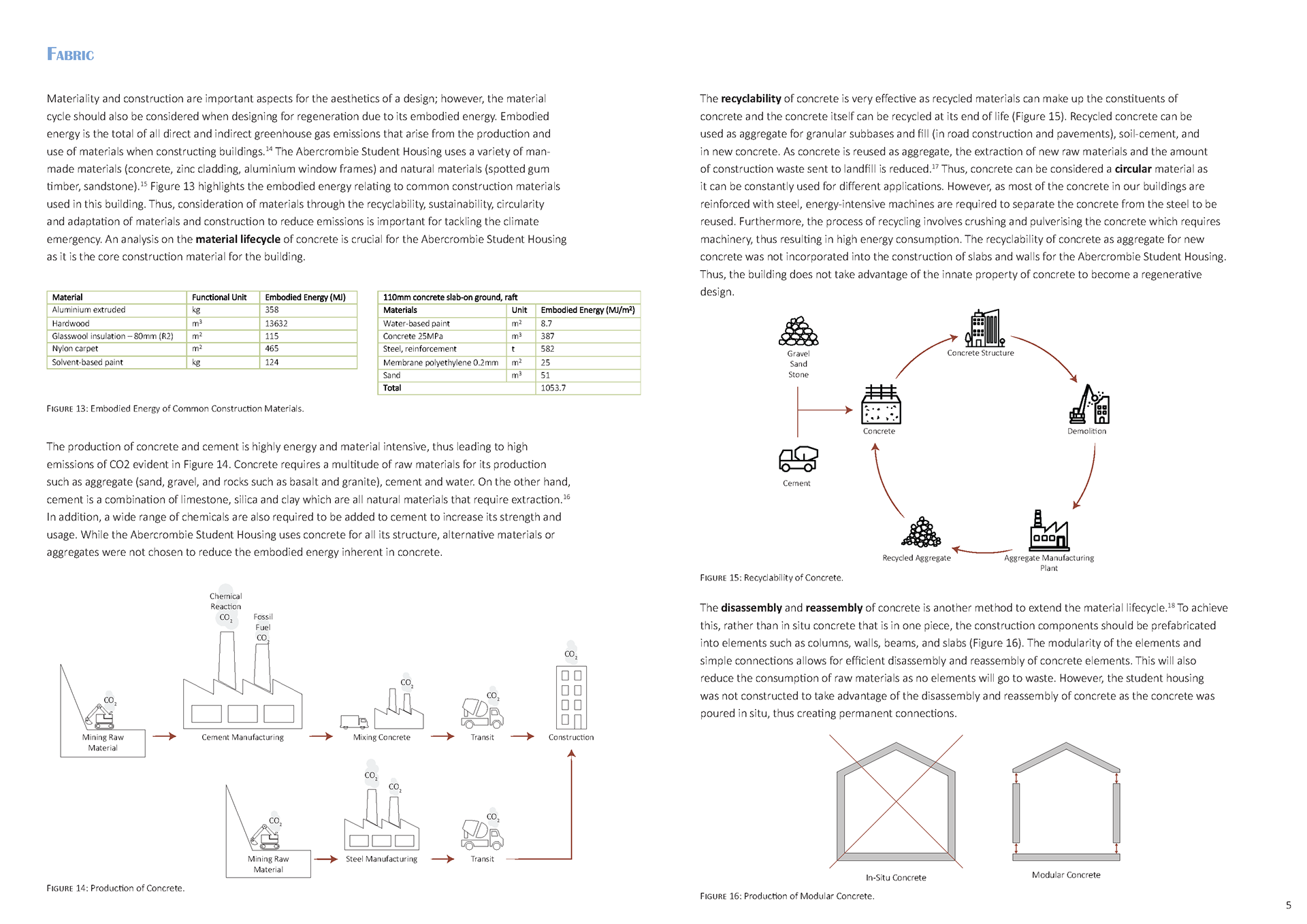
5. Fabric
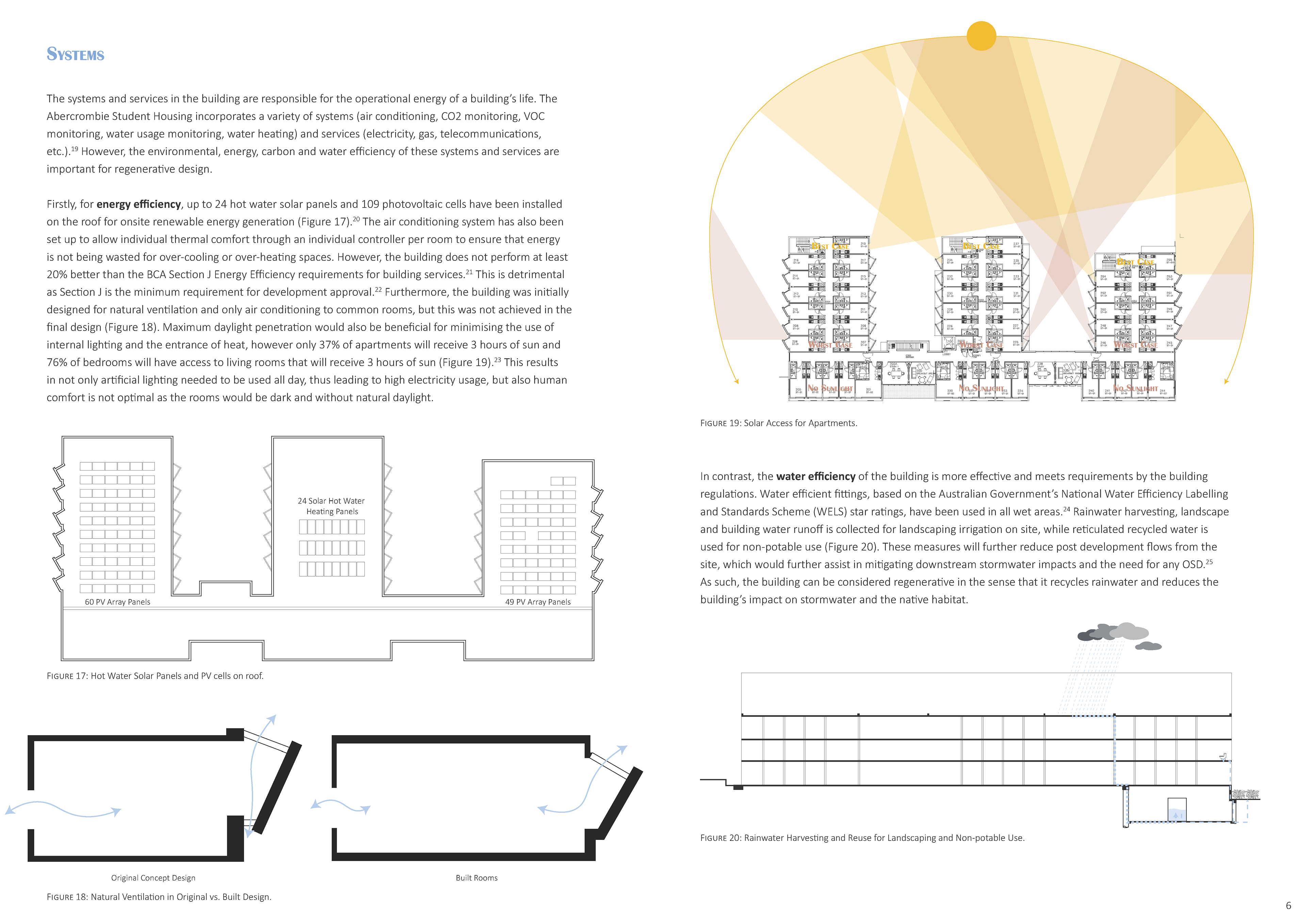
6. Natural Systems
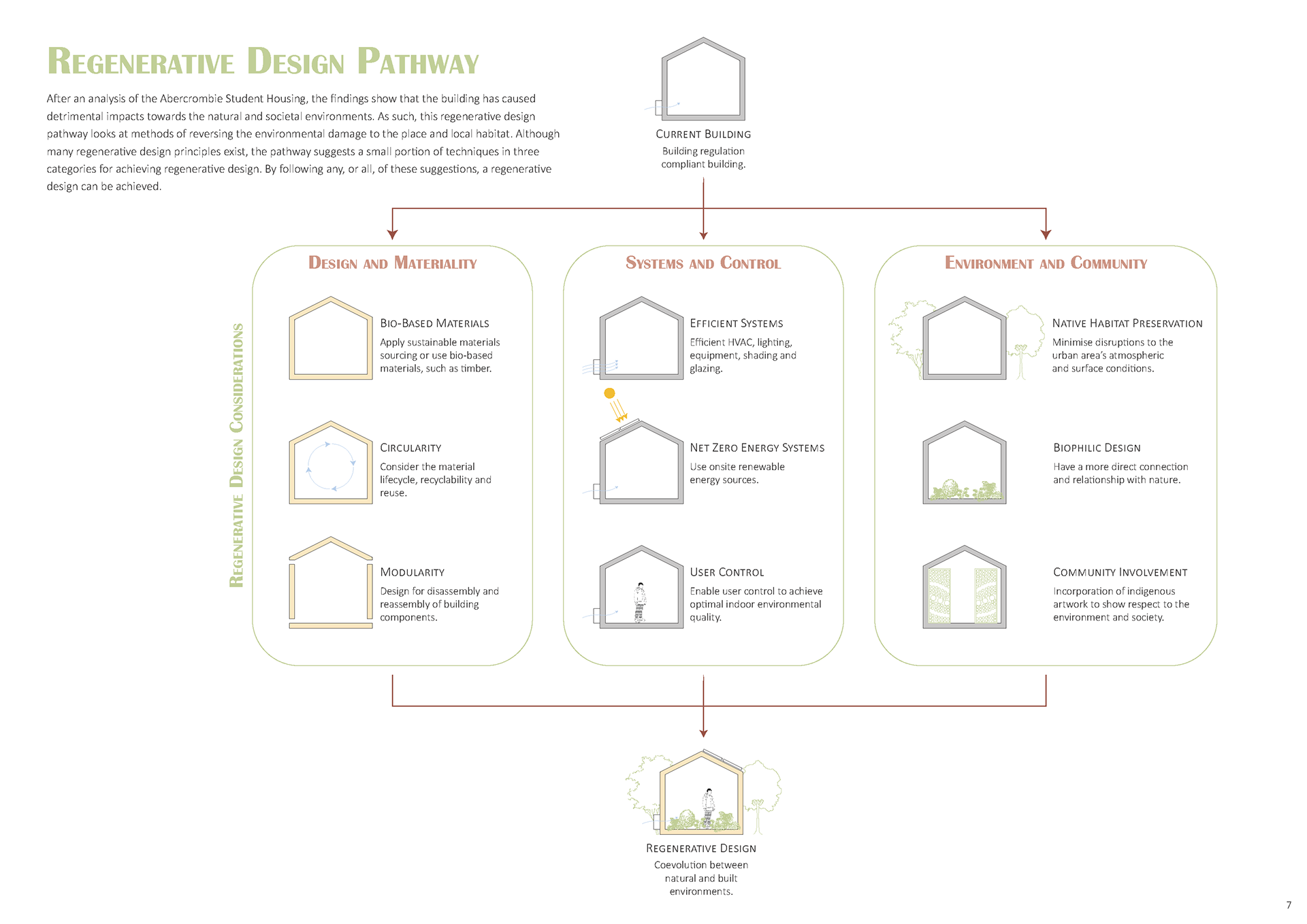
7. Regenerative Design Pathway
REDEsign
After completing the research and analysis individually, a redesign of the building was performed in groups to apply regenerative design principles. The report starts off with climatic and site analyses to describe and analyse the climate, wind, temperature and rainfall, and natural ecology. Thereafter, the redesign and comparative design and performance analysis is presented to showcase the advantages of regenerative design.

1. Cover Page
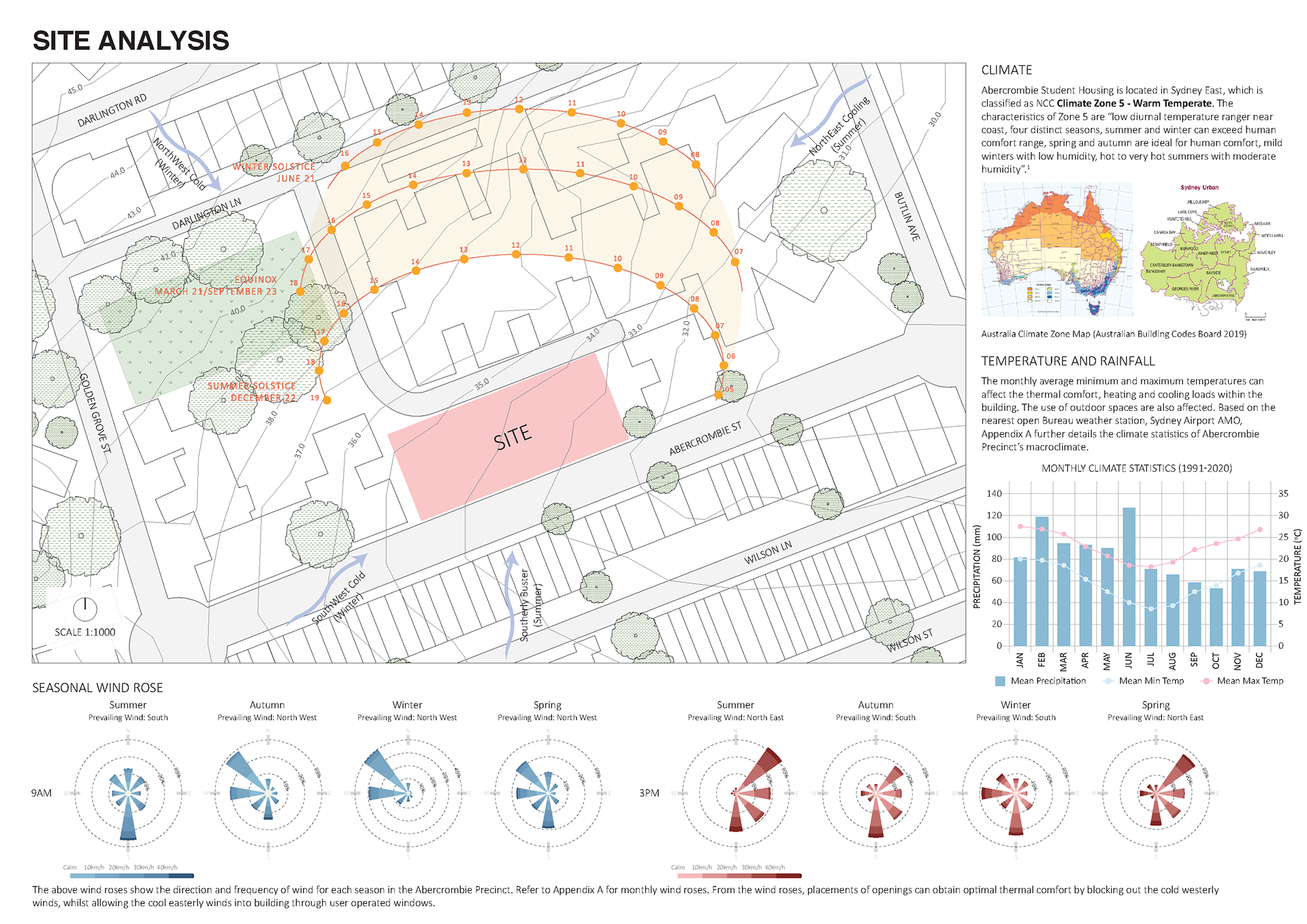
2. Site Analysis
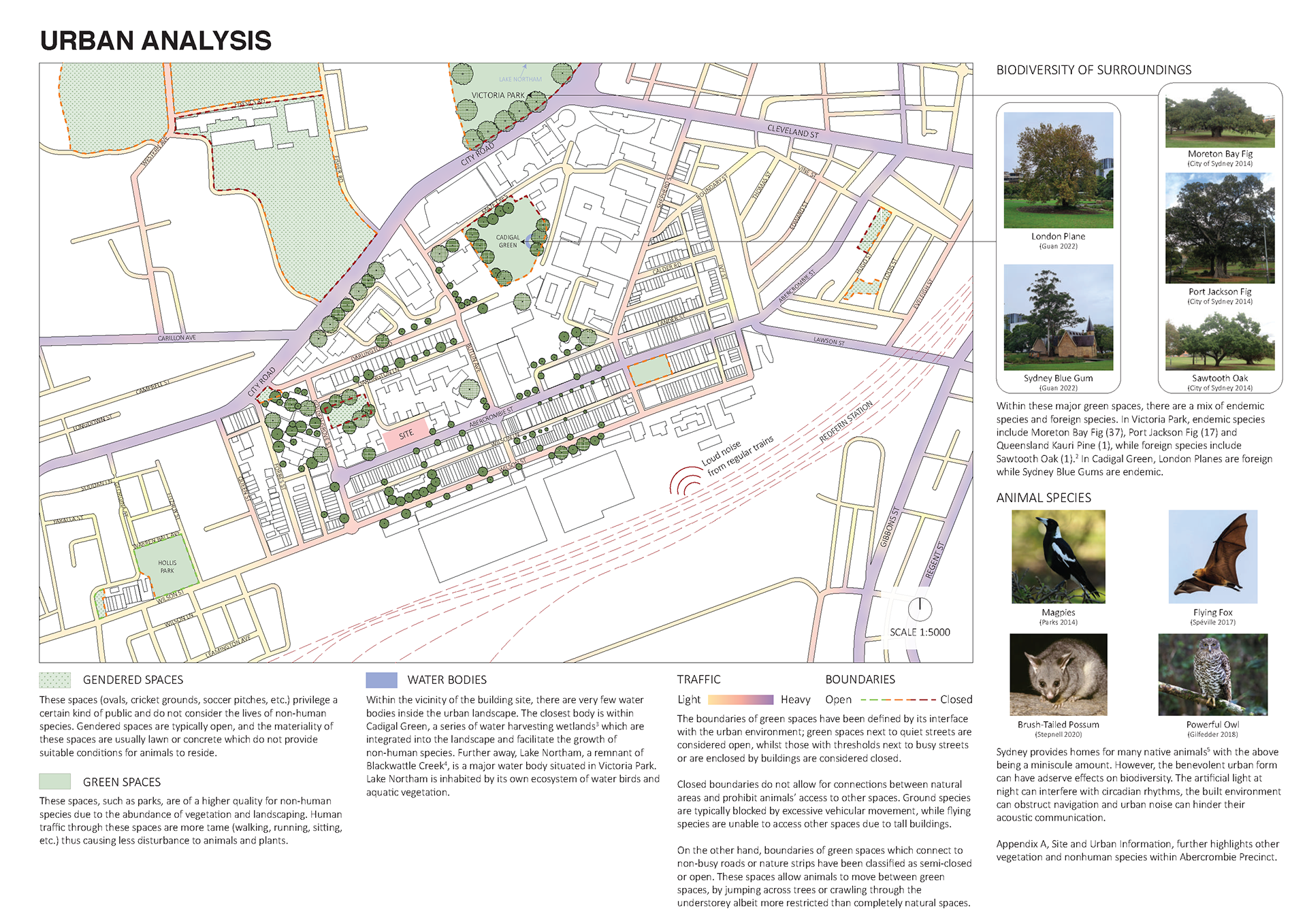
3. Urban Analysis
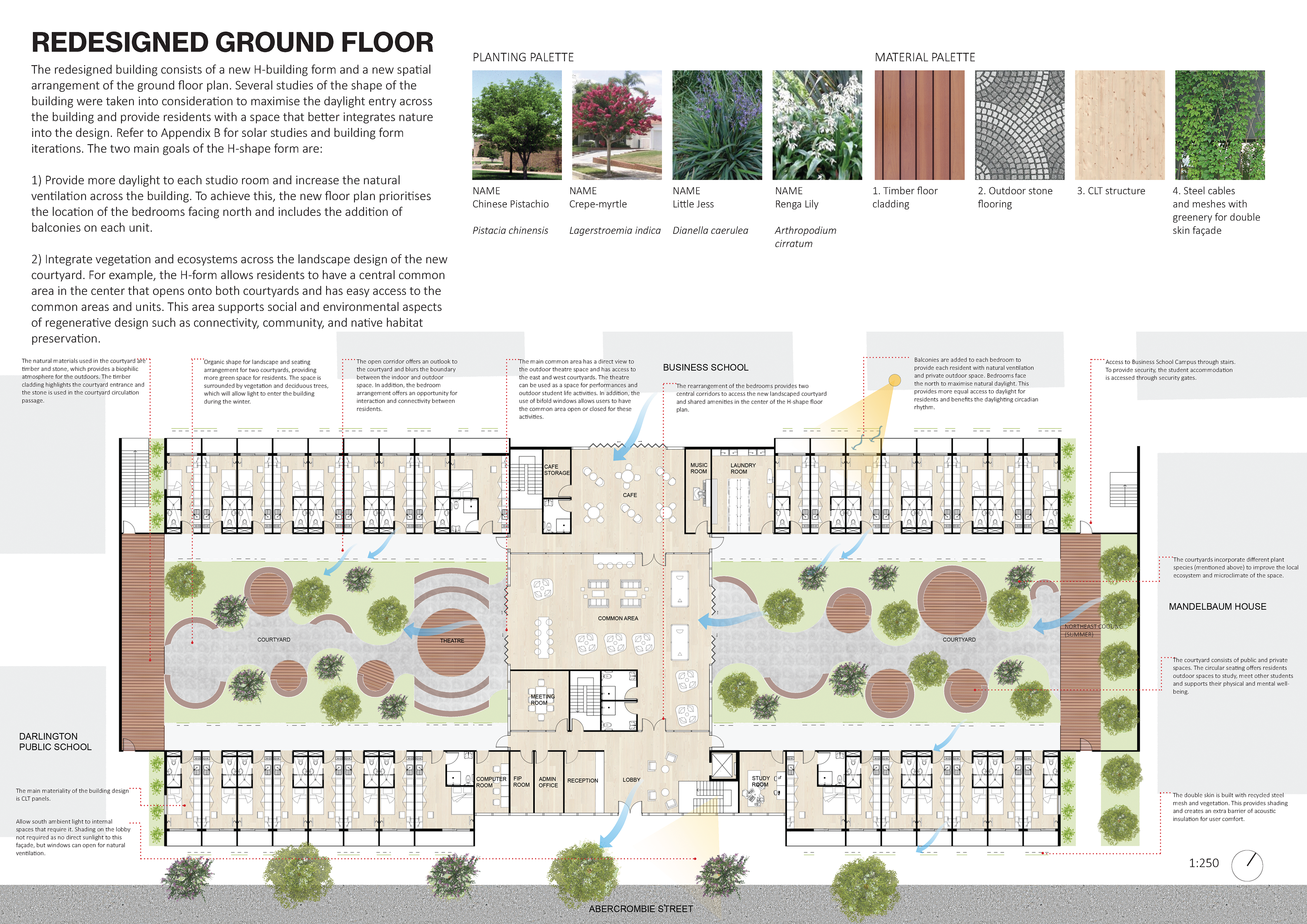
4. Redesigned Ground Floor
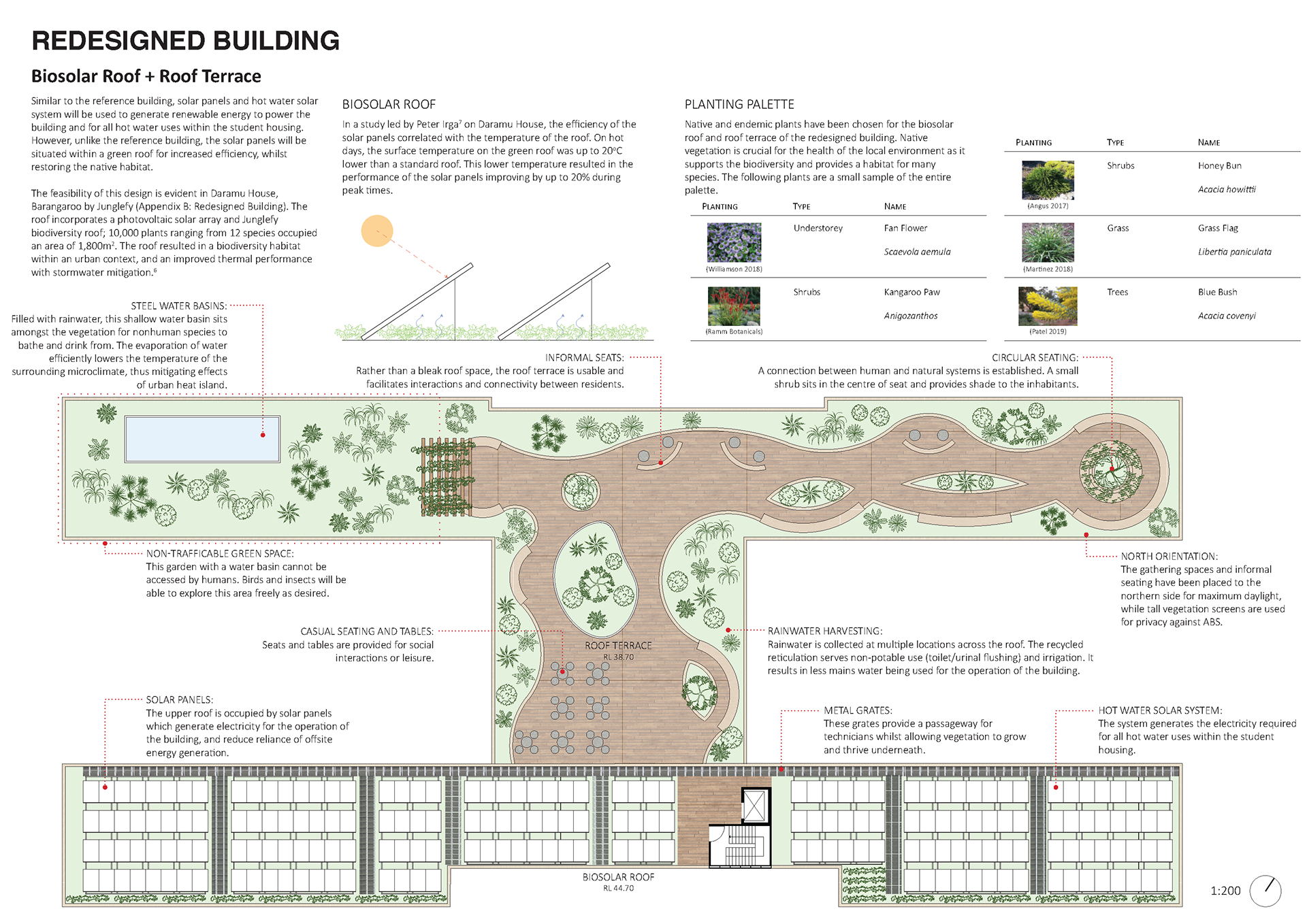
5. Redesigned Roof Plan
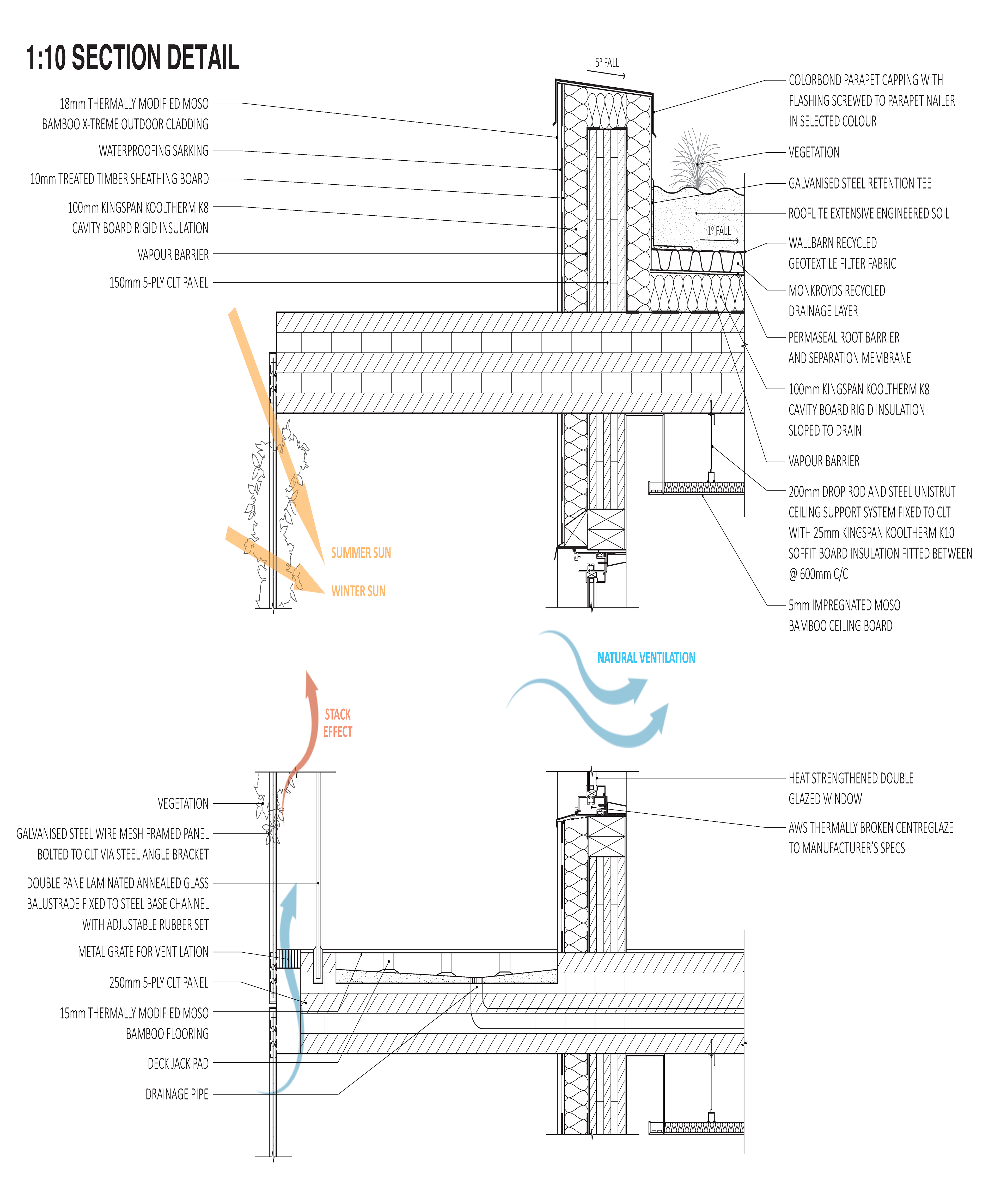
6. 1:10 Section Detail

7. Redesigned Axo
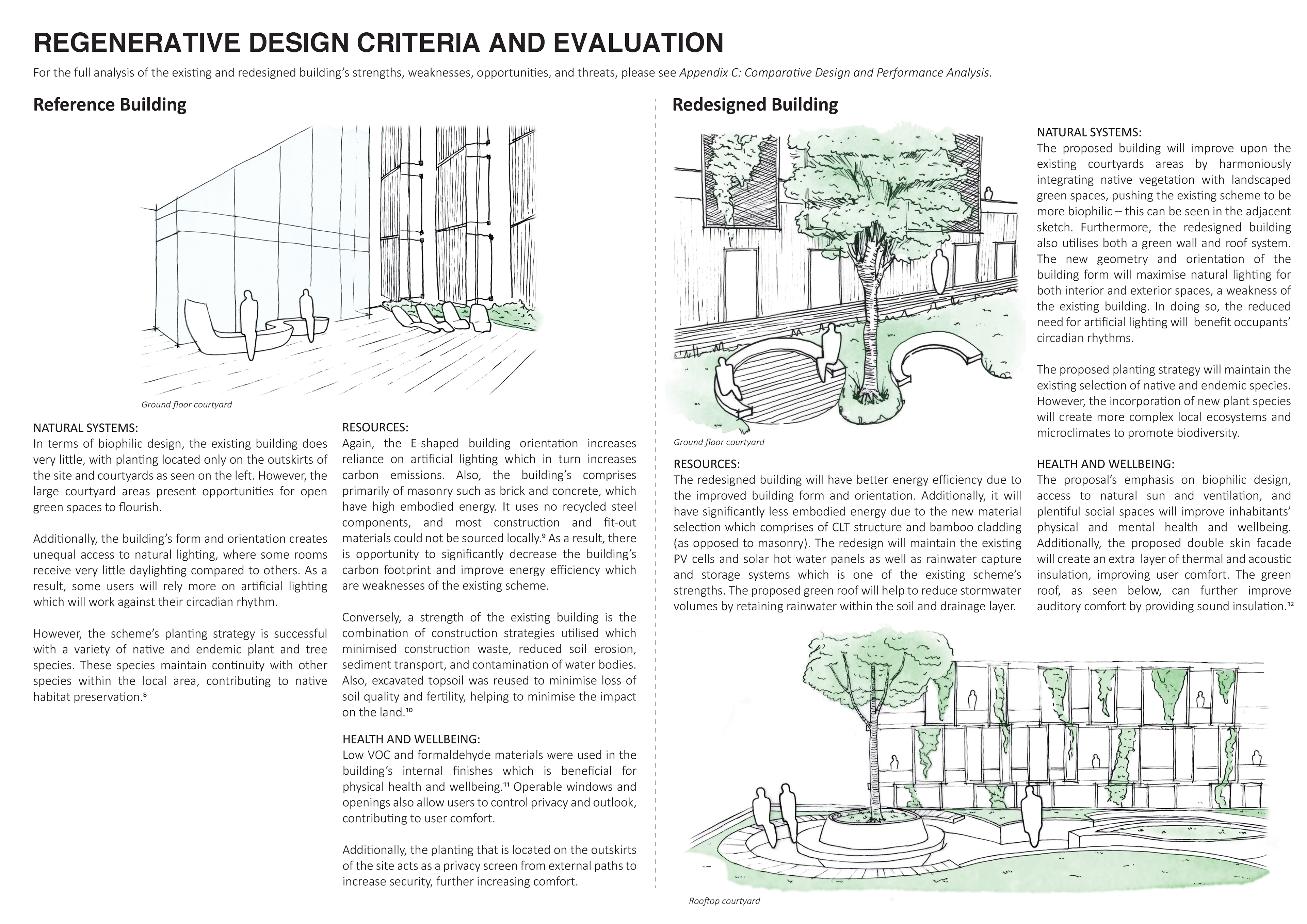
8. Criteria and Evaluation
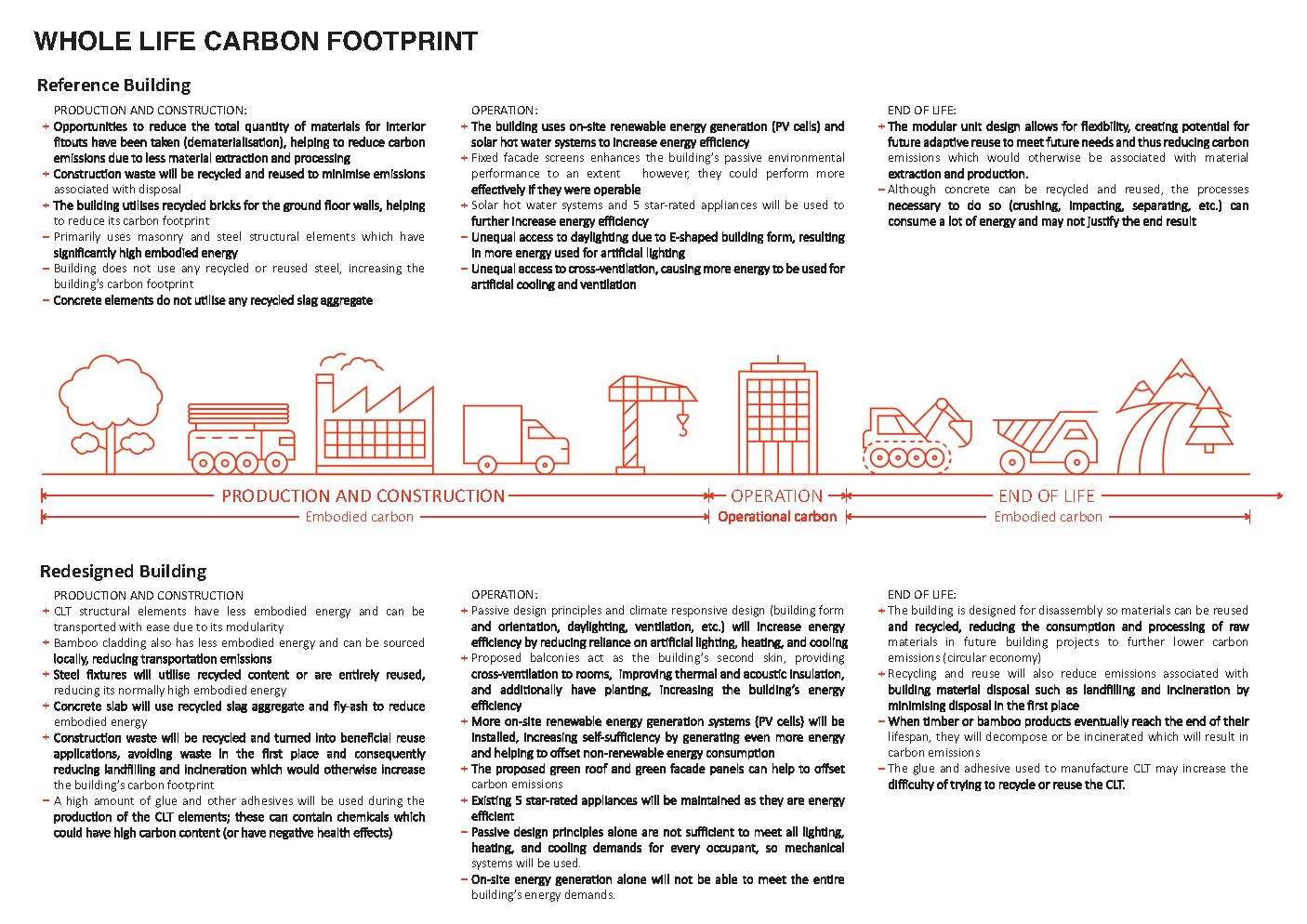
9. Whole Life Carbon Footprint


